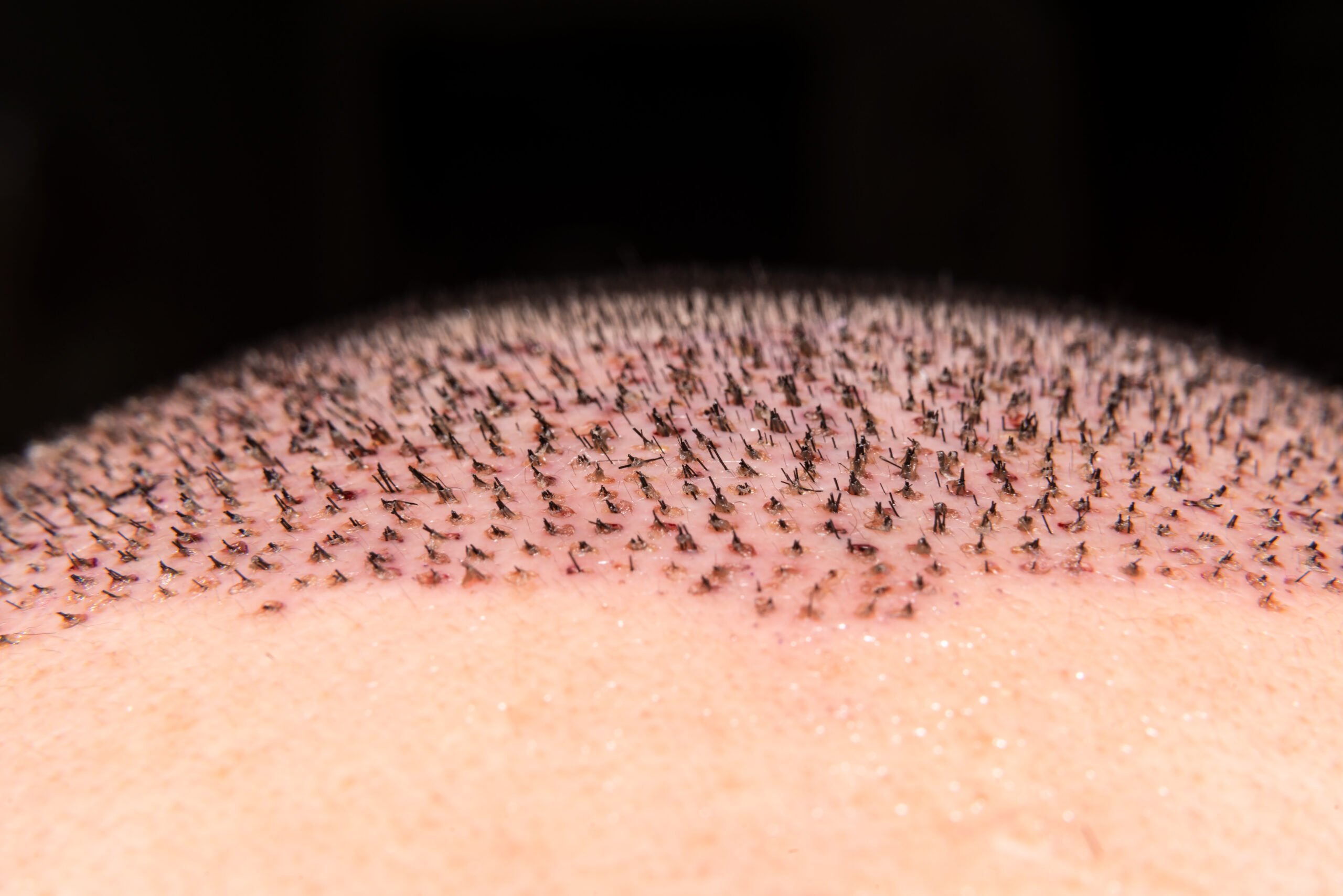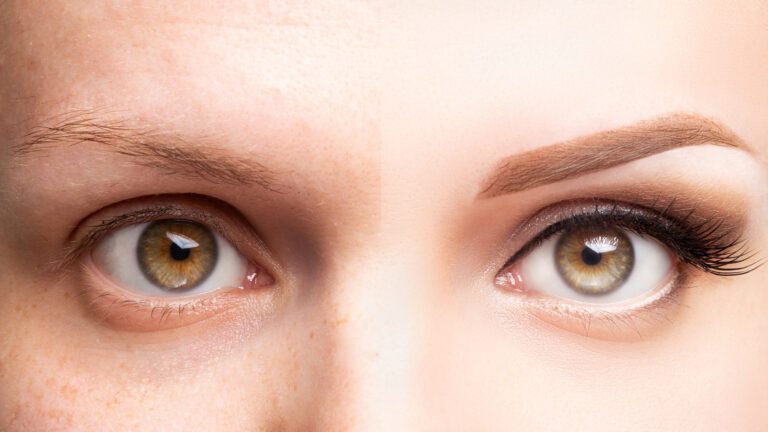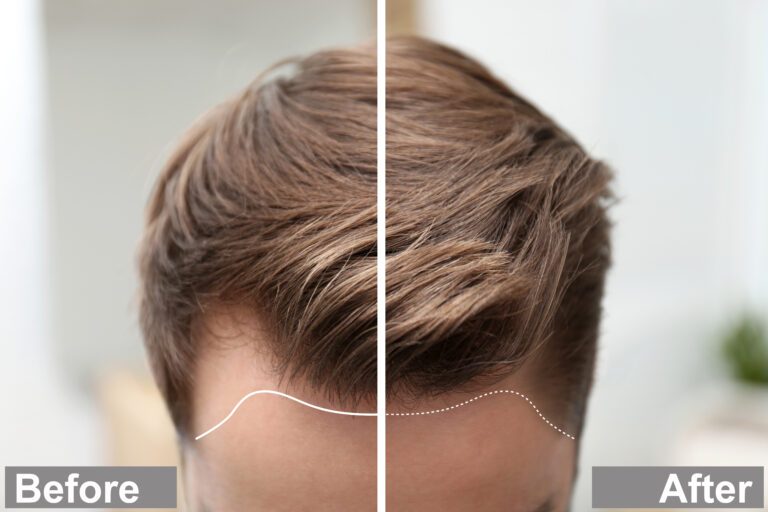Hair Transplants & Scars: What You Need to Know
Millions of people experience alopecia all around the world. Experts have actually estimated that over 650,000 individuals undergo hair restoration surgery annually.
Over the years, hair transplant procedures have improved so much, and as long as there’s hair left on your scalp, you have hope to recover your lost hair.
That said, as a surgical intervention, hair transplants have some aftereffects that you might find worrisome. One such effect is the possibility of scarring.
If you’re on schedule for your first hair transplant and are wondering about the scars involved, you’ve come to the right place. Let’s discuss all you need to know about hair transplant scars below.
Do Hair Transplants Leave Scars?
If you’re suffering from pattern hair loss, a hair transplant is one of the safest and most effective ways to revitalize hair growth. It’s a non-invasive procedure that only requires shallow cuts.
Currently, there are two types of hair restoration methods that most doctors use: Follicular Unit Extraction (FUE) and Follicular Unit Transplantation (FUT) surgeries.
Although hair transplants use modern technology, they typically leave scars on the donor and recipient sites of your scalp. That said, the amount of scarring can depend on the skills and experience of your surgeon.
Your age and the severity of the hair loss can also affect the degree of post-surgery scars. People with dark or brown skin are more likely to develop keloids as well.
1. Hair Transplant Scar FUE
Follicular Unit Extraction is a hair restoration technique that involves extracting and replanting hair grafts. It’s a straightforward and sutureless process of repopulating a balding scalp.
The first step to an FUE surgery is to identify a donor site from which your surgeon will harvest the grafts. Typically, the best donor sites are the back and sides of your scalp, as these areas are less likely to experience hair loss.
After identifying the donor spot, your doctor will remove each hair follicle individually from your scalp using a micro-punch tool.
Depending on the number of hair grafts you need, you can expect hundreds or thousands of punctured marks around the donor areas.
Once all the grafts are ready, your doctor will start the transplantation on the balding spots. They do this by making small incisions to the scalp, so expect FUE scars in the recipient sites as well.
2. FUT Hair Transplant Scar
Compared to FUE, Follicular Unit Transplantation is a much quicker process as it doesn’t involve the painstaking task of removing grafts individually. Instead, your surgeon will cut a strip of the scalp’s skin with healthy hair growth.
After removing the donor strip, your doctor will suture the skin together. So, instead of a thousand punctured marks, you’ll get a thin line of a scar on your head.
The size of the donor strip will depend on the number of grafts you need. In some cases with severe crown balding, the surgeons cut a long piece of scalp skin horizontally across the head.
A technician will process the piece of skin and prepare the grafts for transplantation. Once they’re ready, your surgeon will make small incisions all over the balding scalp (with a pattern resembling normal hair) and insert the hair follicles individually.
How Long Do Hair Transplant Scars Last?
Immediately after the procedure, the small incisions and cuts will swell and turn red. After a day or two, you may observe some scabbing around the donor and recipient sites.
The most important thing to remember is to never scratch or dislodge the scabs. Scabbing is a normal part of your scalp’s healing process, and they protect the wound from bacterial infection.
After a week, the scabs should fall on their own, and that’s when you’ll see the scars. The incision scars will usually turn red before they become pale.
Do hair transplant scars go away, though?
Well, you can expect the scars to fade within a few months or years, depending on the depth of the wound. Your skin tone and healing response can also be a factor for this period.
However, you should know that the chances of permanent scarring are less if you do the surgery with reputable clinics. A well-performed FUE and FUT won’t leave noticeable marks.
With that in mind, we recommend you choose a hair clinic approved by the FDA. Never pick shady centers offering cheap but risky medical procedures!
Methods of Hair Transplant Scar Removal
If you want to get rid of the marks as quickly as possible, you can try any of these hair transplant scar removal methods:
1. Scalp Micro Pigmentation (SMP)
Scalp micro pigmentation uses ink to create “hair-like lines” on the balding areas. Others also refer to SMP as scalp tattooing because it’ll leave permanent color pigments on your scalp.
As such, doctors also use this technique to cover unsightly scars on the head. They match the pigment color to your natural hair, creating an illusion of thickness.
2. Micro Hair Pigmentation (MHP)
Micro Hair Pigmentation, or Tricopigmentation, is a temporary form of SMP. So, if you want a hair transplant scar cover-up until the scars heal on their own, then MHP is your best option.
Like SMP, the surgeon will match the pigment to your natural hair color and insert it into the upper layer of the dermis. Some MHP lasts for a couple of years before fading.
3. Laser Therapy Treatment
Laser therapy is one of the newest scar treatment methods used by dermatologists. It can significantly reduce the size of scars and can even prevent them from forming after surgery.
The lasers used in this technique stimulate collagen production and the growth of new, healthy skin. It’s safe to use on sensitive skin spots like your face and scalp.
Final Thoughts
A hair transplant can be your best bet at reclaiming lush, healthy hair. However, as a surgical procedure, both FUT and FUE can leave scarring on your scalp.
You can minimize this unsightly issue by choosing a skilled and experienced surgeon. And in case of severe hair transplant scarring, Scalp Mirco Pigmentation, Micro Hair Pigmentation, and Laser Therapy can be of great help.







